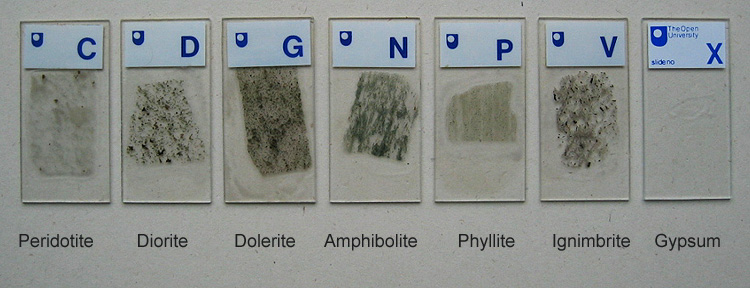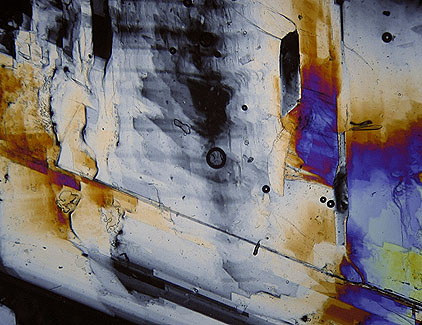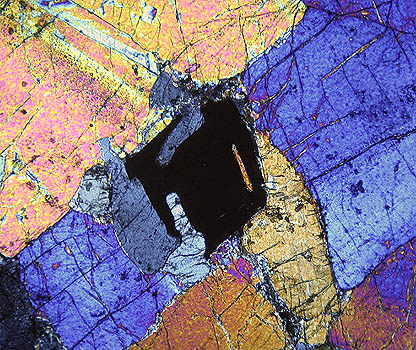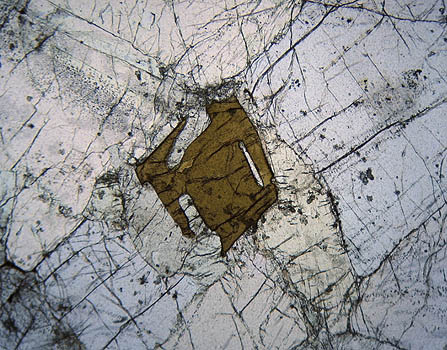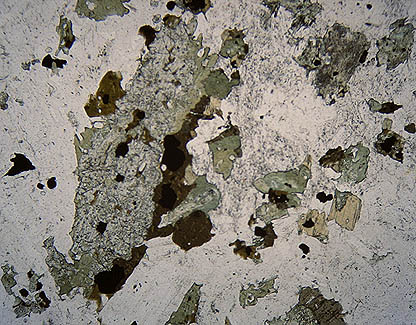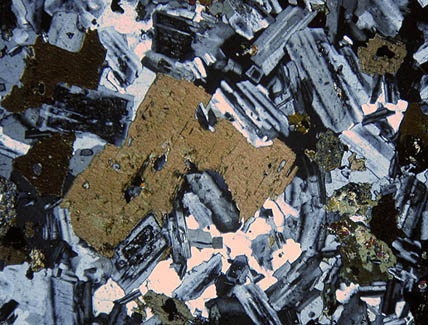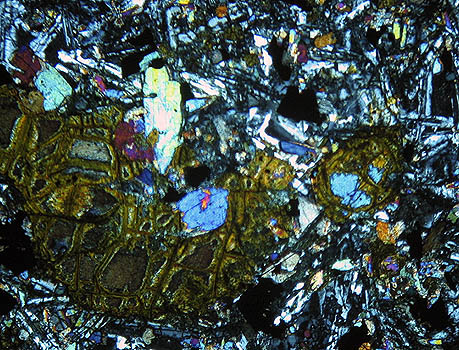 Neon nights, 2015
Neon nights, 2015
'I Come From'
I come from an unknown wilderness,
Streetlights glowing,
Sirens sound, lost but not found
I come from a world of rule,
History is formed,
Another cold war, no money for the poor
I come from a life of art,
Monet's paintings
Creating a surge of emotions,
Colours splashed on the page,
Like people escaping their reality of age.
I come from a young generation,
Drinking more than recommended.
I'm a dreamer, a believer, my heart's a
seeker.
Most of all, I come from an open road,
Trying to seek a home sweet home.
Roseanne Ganley
This poem begins with a dystopian view of the world.
The narrator creates a sense of estrangement from a world which is beyond the control of its inhabitants.
The first image is of a wilderness - an open road - then we taken through the bleakness of a world in which emotions are expressed in art or otherwise drowned out by alcohol.
But then the narrator shares her quest: she believes a better life is possible; she is seeking
home.
 Time Traveller, 2015
Time Traveller, 2015
 Vortex,
Vortex, 2015
 Untitled
Untitled, 2015
Neon Nights and Time Traveller are my visual responses to Roseanne's poem. I produced a series of images e.g. responses to the wilderness, to the cold war and to the sense of the individual negotiating the challenges of surviving in a complex world perpetually in a state of flux.
These two images respond to the colours of the emotions generated by the thoughts expressed in the poem. They reflect a sense of energy, light and transformation; and hope.
 Open Road, 2015
Open Road, 2015
This image is inspired by a sense of the 'open road' of life. The tunnel like folds demonstrate how thoughts and memories swirl around us; some make us fearful for awhile, others excite and intrigue us; they all hold us into the folds of time.
Wilderness, 2015
 Cold War
Cold War, 2015
Roseanne selected Vortex and the Untitled image for her end a year show. The images will be enlarged to 20" x 16" and exhibited alongside her poem in June, 2015.
